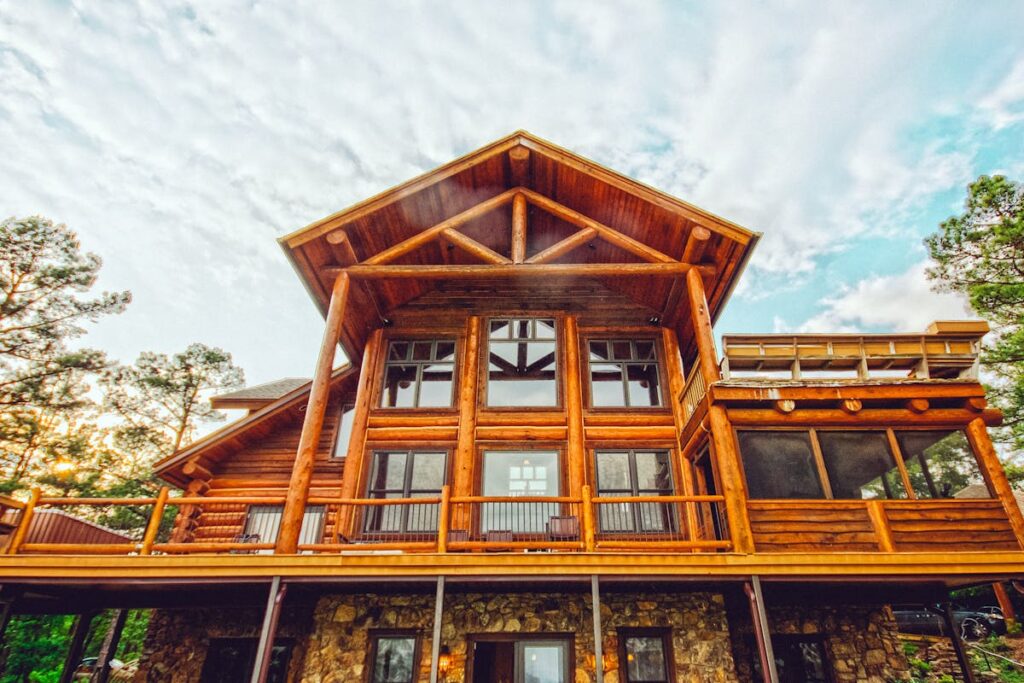Picture Supply: https://www.pexels.com/photo/man-in-white-dress-shirt-holding-girl-in-white-dress-7578982/
Home insurance, often known as home owners insurance, is a crucial safety measure for one of your biggest assets: your house. But while most people know it’s important to have, many are unclear about what it actually covers. Does it only protect the structure of your house? What about your belongings or liability? The main elements of home insurance will be dissected in this blog, which will also help you see why it’s so important.
1. The Basics of Home Insurance Coverage
The purpose of home insurance is to safeguard you financially against unforeseen circumstances that could cause damage to your property or result in high costs. Most standard policies are divided into several key areas of coverage, which we’ll explore in detail:
- Dwelling Coverage
- Other Structures Coverage
- Personal Property Coverage
- Liability Protection
- Additional Living Expenses (ALE)
2. Dwelling Coverage: Protecting the Structure of Your Home
The main component of any home insurance policy is dwelling coverage, which safeguards your home’s structural integrity. This includes the walls, roof, floors, and built-in appliances. If your home is damaged by covered perils—such as fire, windstorms, hail, or vandalism—your insurer will help pay for repairs or rebuilding costs.
What’s typically covered?
- Fire or smoke damage
- Storm damage (e.g., hurricanes, hail, or lightning)
- Explosions
- Theft or vandalism
It’s crucial to remember that the majority of typical home insurance policies do not cover earthquake or flood damage These require separate insurance policies.

3. Other Structures Coverage: Beyond the Main Building
Your policy doesn’t stop at your home’s main structure. It also extends to other structures on your property, like detached garages, sheds, fences, or guesthouses. These are covered for the same perils as your home, so if a tree falls on your detached garage during a storm, the repair costs are typically included in your policy.
Coverage limits:
Other structures coverage is usually a percentage of your dwelling coverage. For instance, if your home is insured for $300,000, you might have $30,000 to $45,000 allocated for other structures.
4. Personal Property Coverage: Your Belongings Matter Too
Home insurance doesn’t just protect your house—it also safeguards your personal belongings. Personal property insurance can assist with the expense of replacement or repair if your clothing, gadgets, furniture, or other belongings are stolen or damaged.
Commonly covered scenarios:
- A fire damages your living room furniture.
- A burglary results in the loss of your laptop and jewelry.
- A storm destroys outdoor furniture on your patio.
Most policies cover your belongings even when they’re not in your home. For example, if your laptop is stolen while traveling, your policy might still offer coverage. However, there are limits for high-value items like jewelry, artwork, or collectibles, so you may need additional coverage for these.
5. Liability Protection: Covering Legal and Medical Costs
Liability coverage is among the most underappreciated advantages of house insurance. If someone is injured on your property or you accidentally damage someone else’s property, liability protection can help cover the costs. This includes medical bills, legal fees, and any settlements or judgments.

Examples of liability scenarios:
- A guest needs medical assistance after slipping on your ice driveway.
- Your child accidentally damages a neighbor’s expensive window.
- Your dog bites someone, leading to a lawsuit.
Liability coverage can extend beyond your property, offering peace of mind wherever you go.
6. Additional Living Expenses (ALE): When You Need a Temporary Home
Additional living expenses (ALE) coverage might take over if a covered occurrence renders your house uninhabitable. While your home is being restored, this portion of your policy helps cover other expenses, such as meals and temporary housing.
Real-life example:
Imagine a fire renders your home unlivable. While your insurer works on covering the repair costs, ALE can help pay for your hotel stay, dining expenses, and even laundry services.
7. What’s Not Covered by Home Insurance?
While home insurance is comprehensive, it doesn’t cover everything. Here are some common exclusions:
- Floods: A separate flood insurance policy, usually offered by the National Flood Insurance Program (NFIP), is necessary for flood damage.
- Earthquakes: Like floods, earthquake coverage must be purchased separately.
- Maintenance issues: Damage resulting from neglect or wear and tear, such as mold or pest infestations, is not covered.
- High-value belongings: Expensive items like luxury watches or rare artwork may exceed your personal property limits unless you buy additional coverage.
It’s crucial to review your policy and understand these exclusions to ensure you’re adequately protected.
8. Tips for Choosing the Right Home Insurance
There is more to choosing the best coverage than simply focusing on the lowest premium. Here are a few tips:
- Assess your coverage needs: Make sure your dwelling coverage is enough to rebuild your home if it’s completely destroyed.
- Take inventory of your belongings: You can determine how much personal property coverage you require by creating a thorough inventory.
- Consider additional policies: If you live in a flood- or earthquake-prone area, purchasing supplemental insurance can save you from significant losses.
- Compare quotes: To discover the best deal between price and coverage, go about and compare quotes from several insurance companies.
9. Final Thoughts
Home insurance is more than just a financial product—it’s a safety net that ensures you’re protected from life’s unexpected events. From your home’s structure to your belongings and even your liability, it covers a wide range of potential risks. However, not all policies are the same, and understanding what’s covered (and what’s not) is essential.
Take the time to review your policy carefully and ask your insurer questions to clarify any uncertainties. You can experience the comfort that comes from knowing you’re well-protected when you have the appropriate house insurance coverage in place.

Leave a Reply